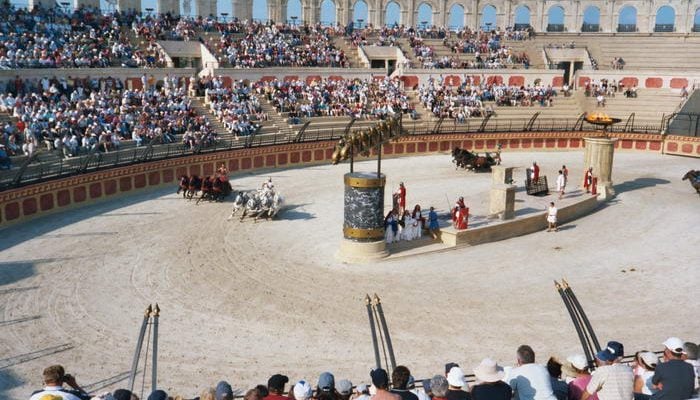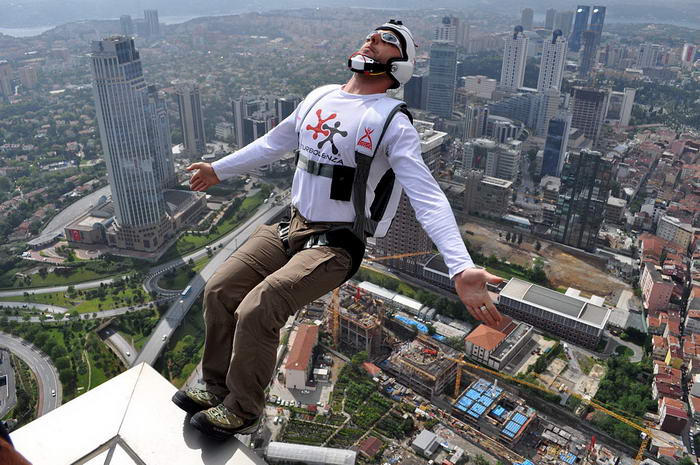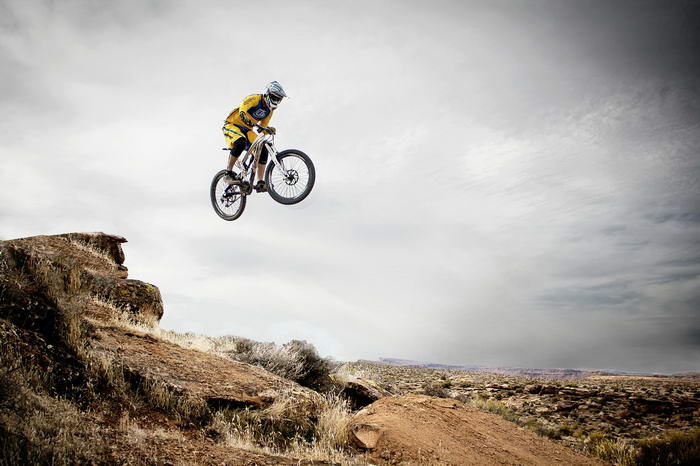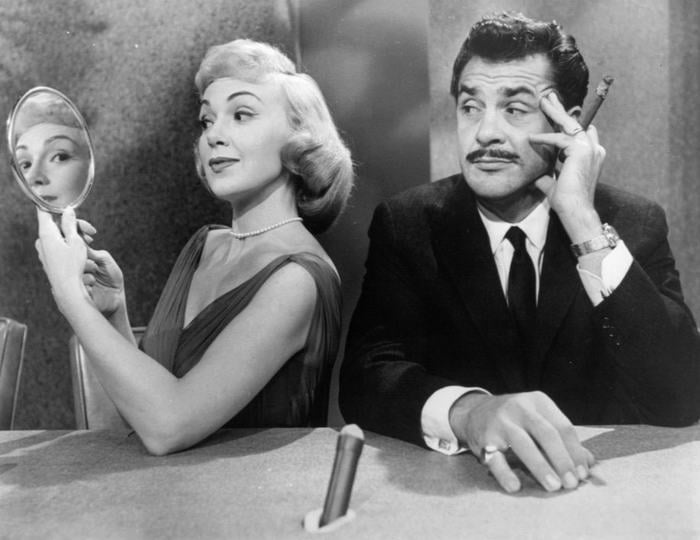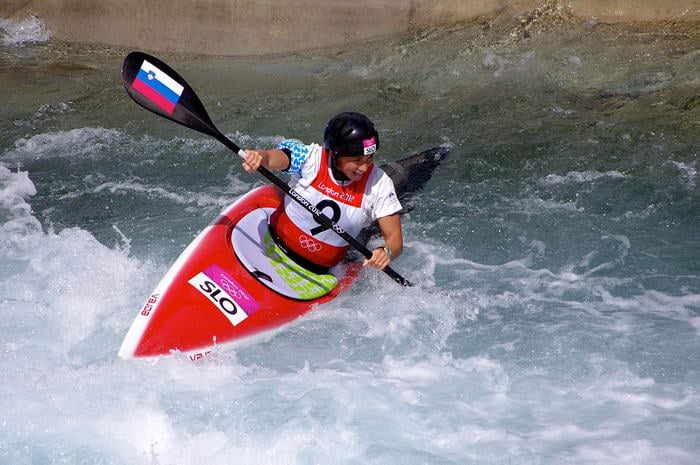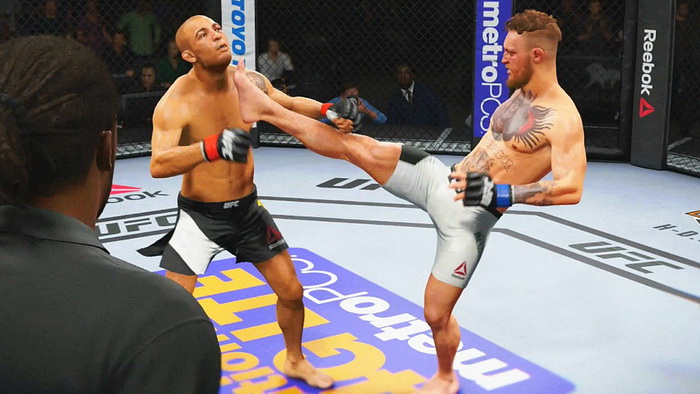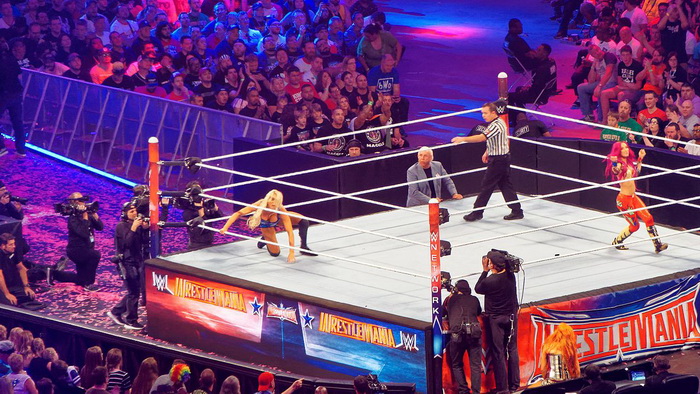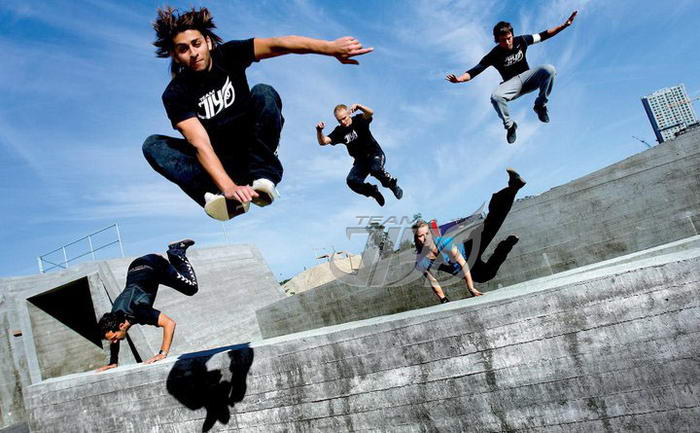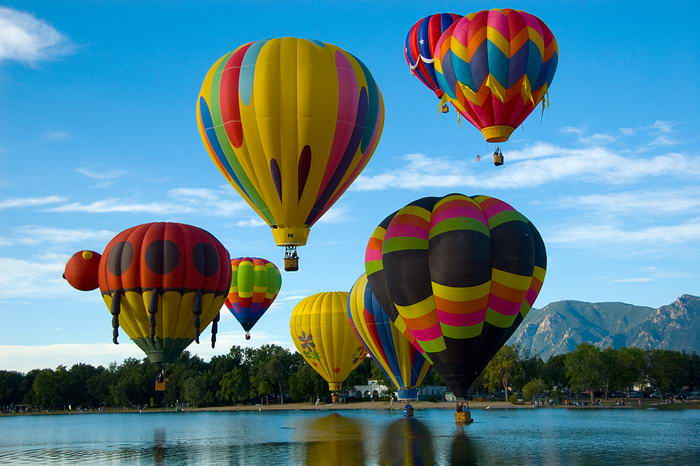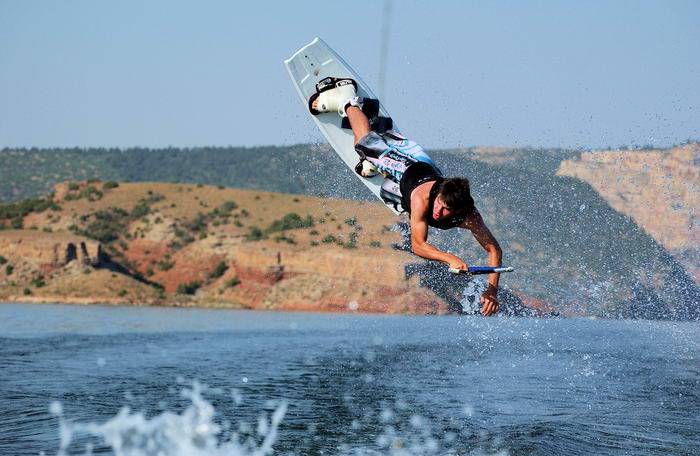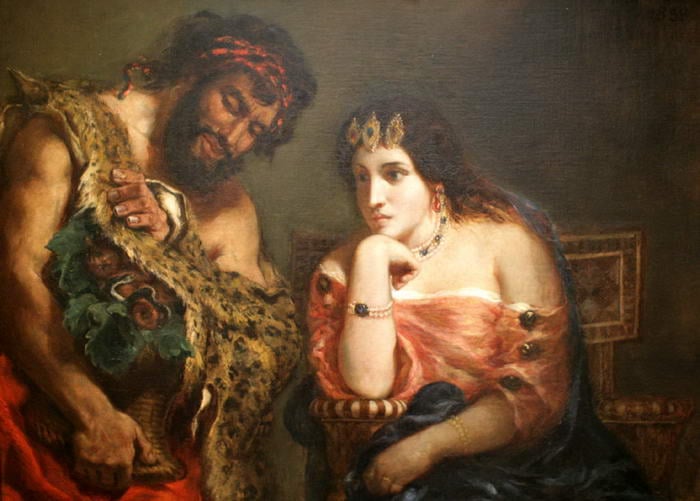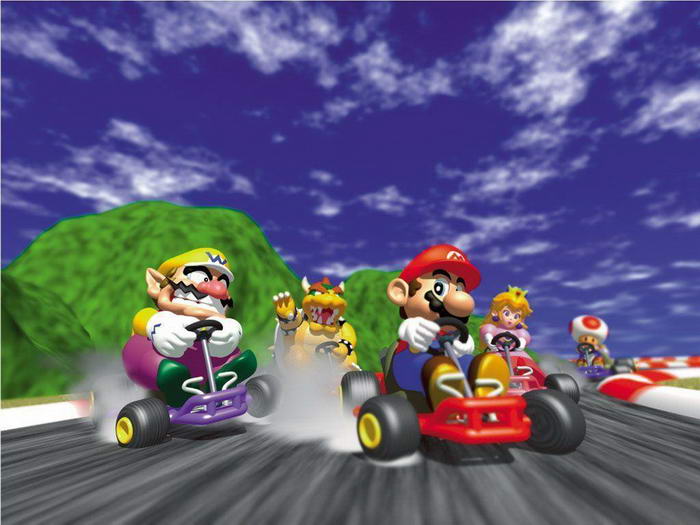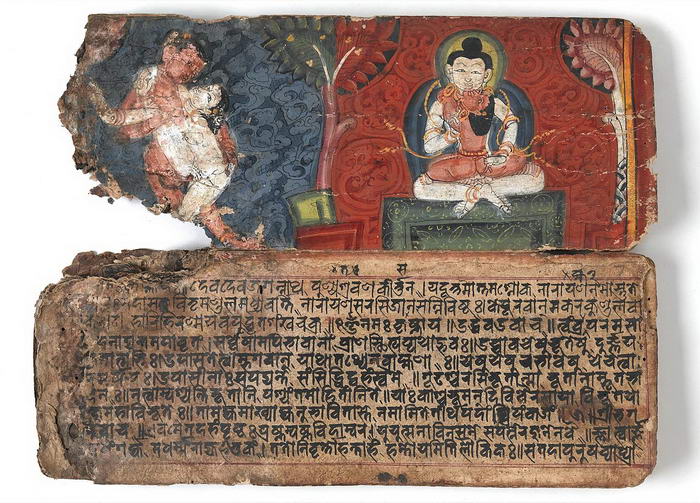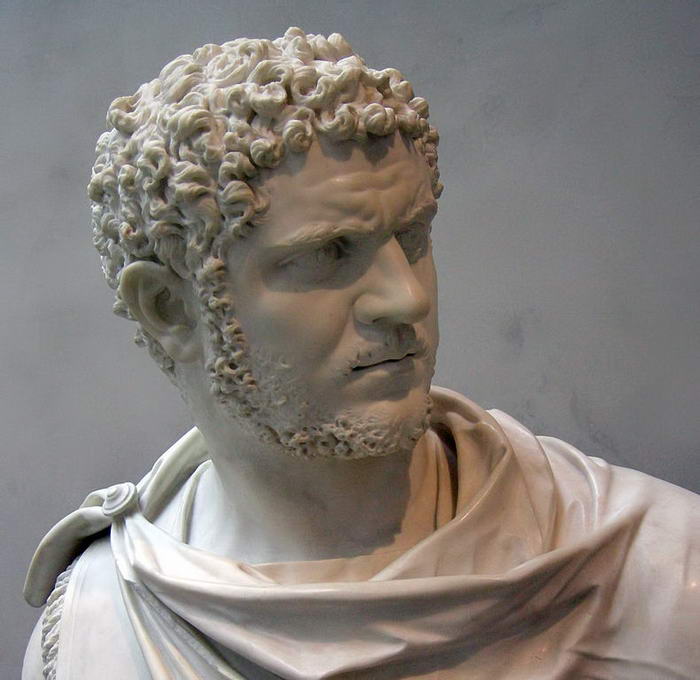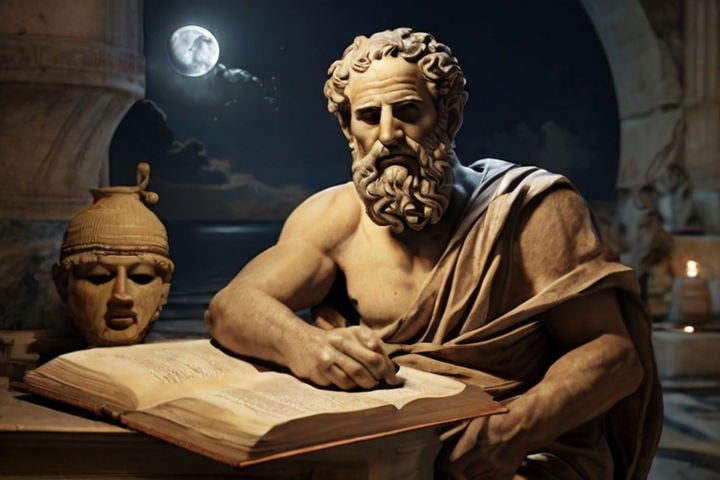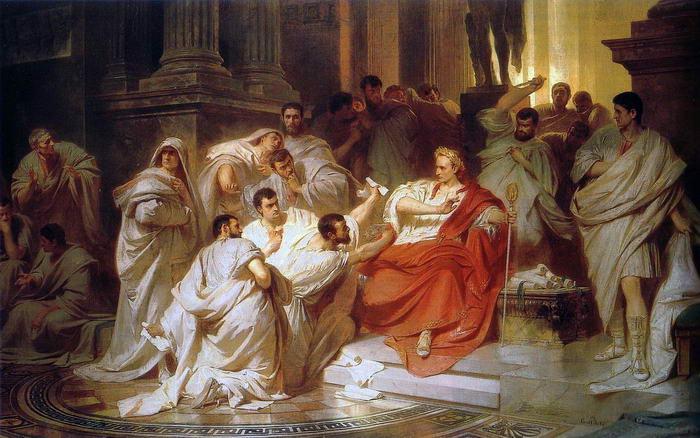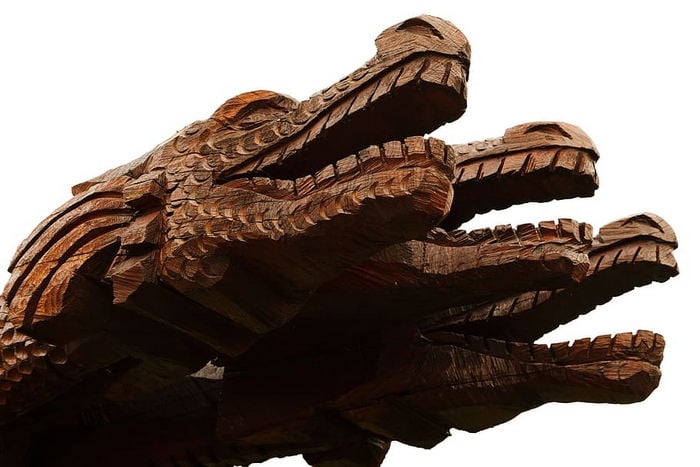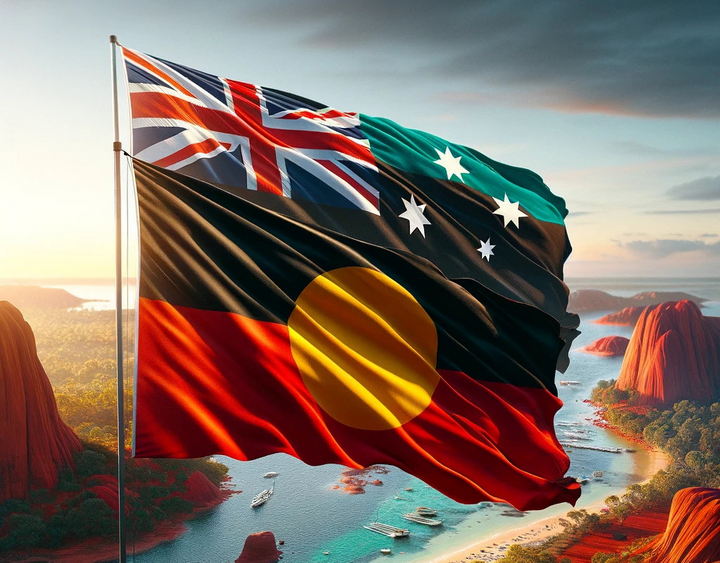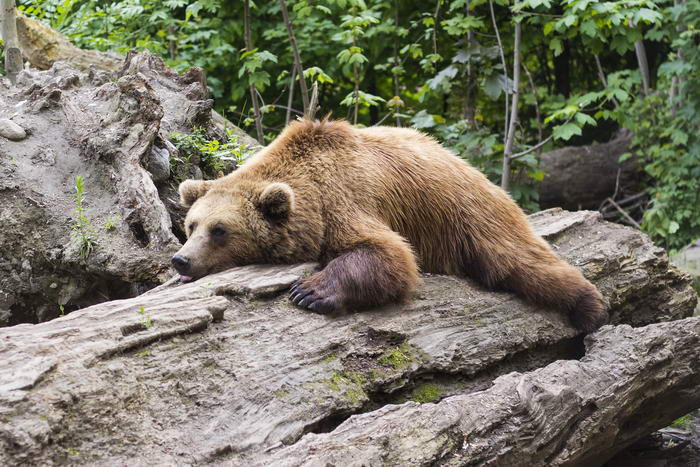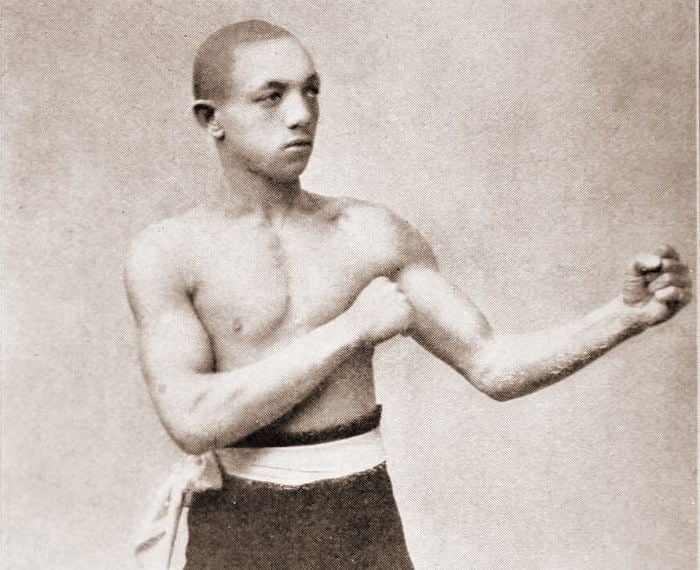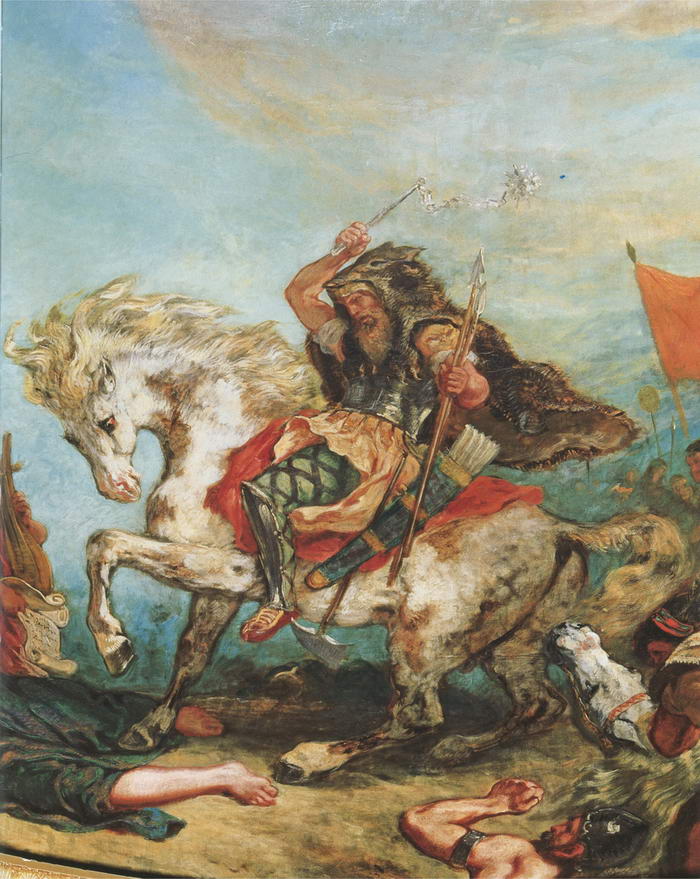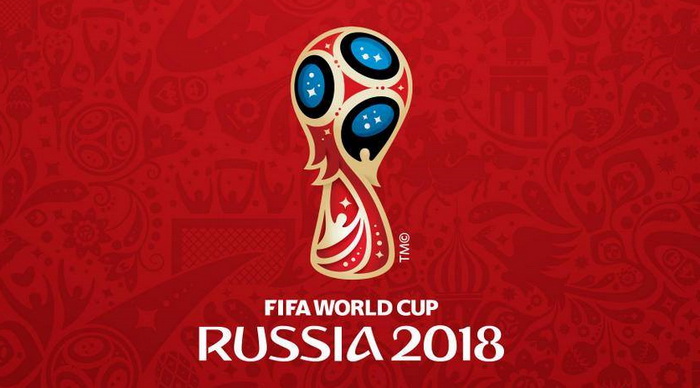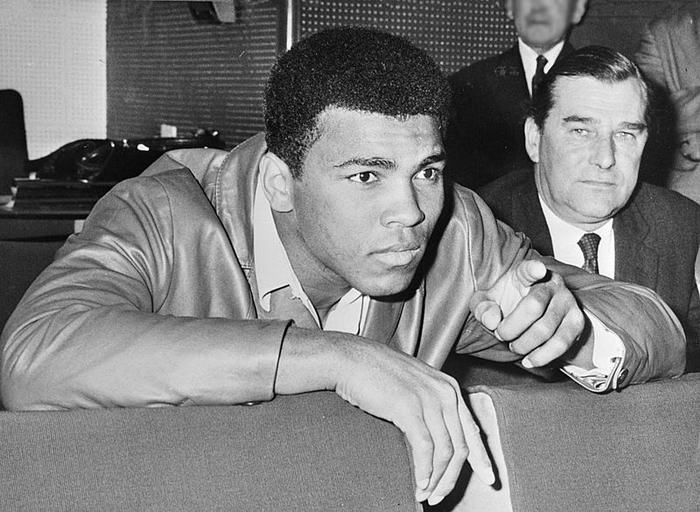We all love to relax in our spare time and many of us enjoy taking part in adrenaline fuelled sports for our kicks. Our ancient ancestors were no different and liked nothing more than risking life and limb for their own personal enjoyment. Some of the activities they got up to were absolutely insane by modern standards though – nothing soft like bungee jumping for a Viking or Roman.
In the cradle of civilization, extreme sports were not just a test of skill and strength but a visceral spectacle of bravery, endurance, and often, sheer recklessness. From the Minoan bull leaping that tested the agility of young athletes against rampaging bulls, to the fierce Spartan krypteia, where survival was the only victory, these sports were the epitome of ancient thrill-seeking.
The Olmec ball game, often considered the world’s first organized sport, was more than just a game; it was a ritual that could end in a life-or-death struggle. Mayan ritual games echoed this blend of sport and sacrifice, where losing could mean a one-way trip to the afterlife. And let’s not forget the Roman chariot races, akin to the ancient version of Formula 1, albeit with higher stakes and fewer rules.
These sports were reflections of their times, where empires rose and fell, and heroes were born from the dust of the arenas. They were a convergence of culture, religion, and the human desire to push the boundaries of what’s possible. In this list, we’ll explore these thrilling ancient sports and the enduring legacy they have left behind in our modern world of sports.
Engage with us as we traverse through the history of these ancient athletic endeavors and uncover what made them so fascinating, and why they still capture our imagination today.
10 – Venatio
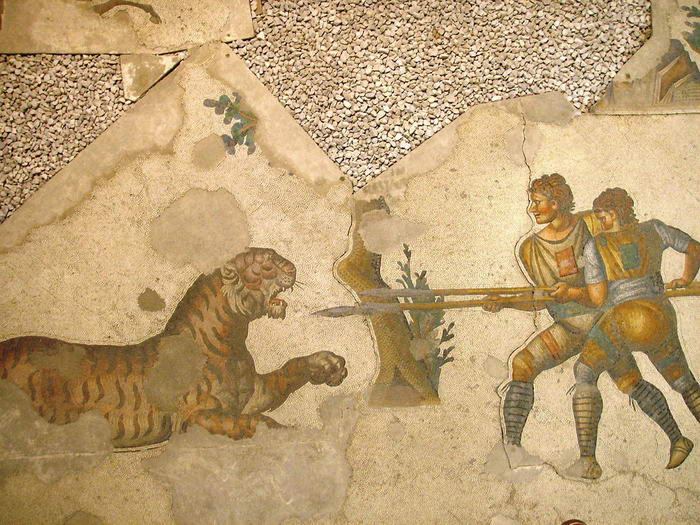
This beast was in fact 20 angry Elephants who would be charging at you full speed, ready to stomp you underfoot. With a measly 2% chance of survival, this was not only a crazy sport but deadly too. The Romans however loved watching it and played it so much they almost ran out of Elephants to do it with!
09 – Cretan Bull Leaping
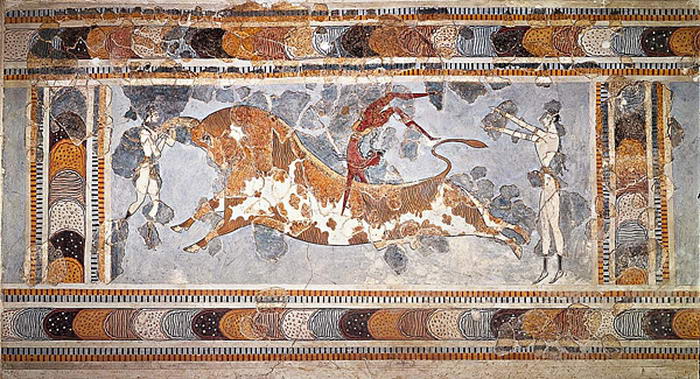
The downside of this was that if you slightly mistimed your jump or got it wrong then you would have bull horns in places they shouldn’t be. Lots of young men were seriously injured or killed doing this so not surprisingly it has long since died out.
08 – The Fisherman’s Joust

The principle was simple – two teams rowed out onto the crocodile infested Nile in their boats with crowds lining the banks to watch. Once close enough, the basic aim was to beat the living daylights out of the other team with your paddles until they all died and you won. In terms of brutality, this is up there with the best. If the cracked skull from the paddles didn’t get you, then falling into the waters of the Nile to be eaten by the crocodiles or hippos would.
07 – Pankration
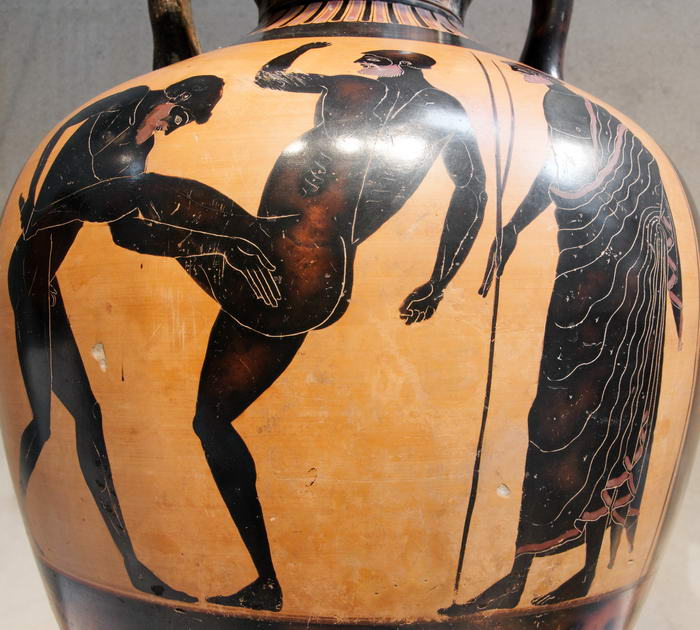
06 – Naumachia
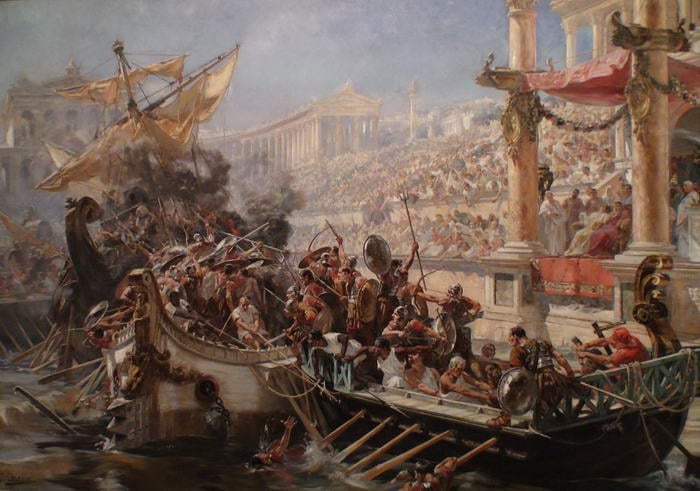
Usually famous battles from the past were recreated for the crowd’s entertainment. And each side would blast away at each other until one side had lost all its ships and crew. It was a bit like watching Pearl Harbour but with no made up CGI!
05 – Pitz
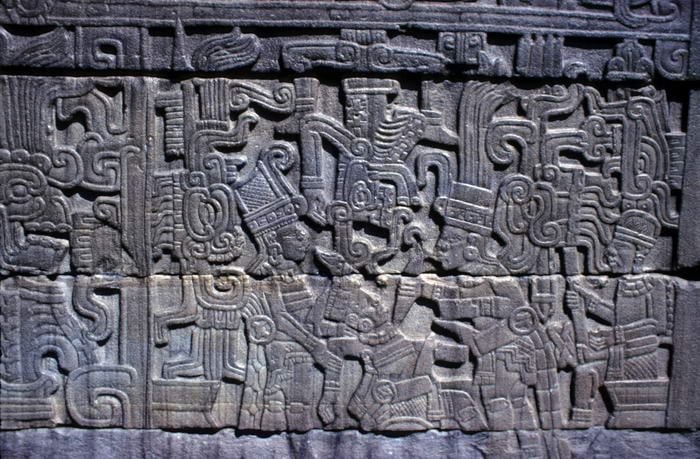
The ball they played with was nine pounds in weight and made from solid rubber . You can imagine what damage that did to players hands and wrists! The basic rules were that players had to bounce the heavy rubber ball off their arms and wrists, being careful not to let it touch the floor. If they did that and bounced it off the opponents wall, they scored a point. Points could be lost if the ball was allowed to hit the ground more than twice. As an added twist, the game could be instantly won by either team getting the ball through the sideways hoop mounted on the other teams wall.
So far so good right? The ball’s a bit heavy and it could get rough but doesn’t sound too bad. The nasty surprise to this game was at the end. While the winners got to celebrate into the night, the losers were lead into a back room and had their heads chopped off!
04 – Knattleikr
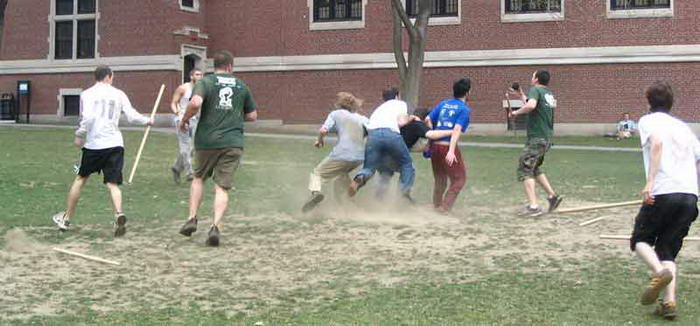
It would seem that two teams consisting of ten big and angry Vikings would meet on a frozen field or pond. They would be carrying small but hard wooden bats that would be wielded around to apparently catch the ball and keep it from the other team. However, as with most Viking stuff, the real point seems to be that you use the bat to hit anyone within arm’s length as hard as you can for a laugh. The ball used was also extremely heavy. So if you got bored of beating an opponent with your bat, you could always just chuck the ball at his head and knock him out. Matches would last days usually or until one team was completely wiped out.
03 – Ancient Polo
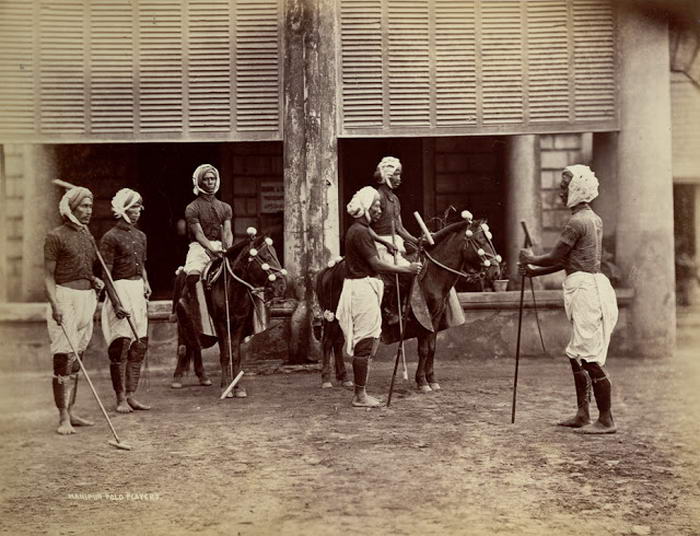
In times gone by, cavalry troops played a decisive role in battles. As such, it was very important to have highly skilled cavalry soldiers who could move at speed but also manoeuvre their horse effectively.
Out of cavalry practice for this type of thing, the game of Polo was born. Although still played now, the original ancient Polo was a somewhat bloodier affair. Developed in the Persian Empire, Ancient Polo employed little safety equipment. And an unquenchable thirst to maim your opponent by cracking him with your mallet or knocking him off his horse. The mallets used were also much longer and frequently got stuck in the horse’s legs for further carnage.
02 – Viking Skin Pulling
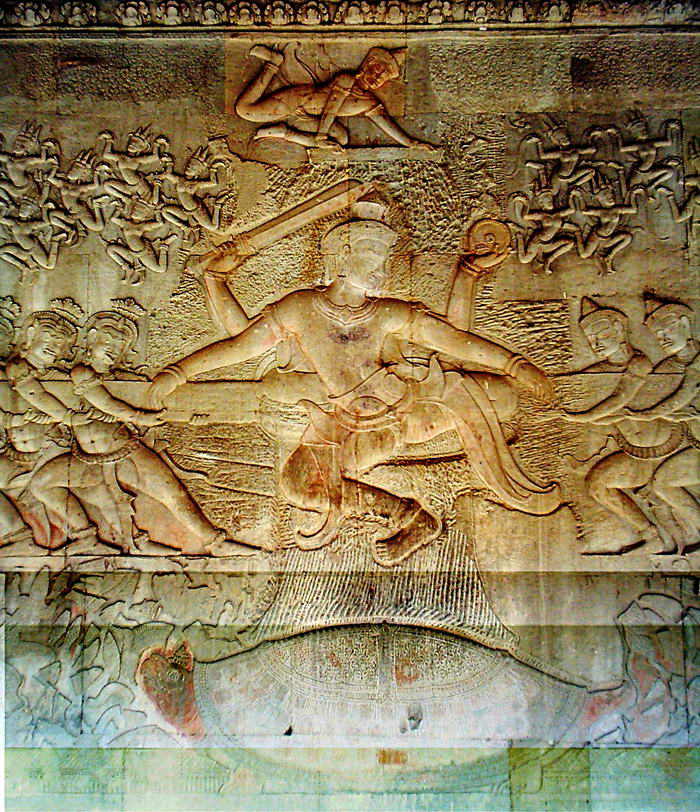
Firstly, the rough and tough Vikings didn’t use a nice rope for it. They went all in and played it with tied together animal hides. Added to this was where they played it – forget about a school playing field or summer camp. They thought it a good idea to play it over a massive burning pit of fire. It was just to make things more interesting.
The rules of the game were the same as our tug-of-war in terms of how they decided who had won. The actual outcome was a little different though. As it was over the aforementioned fire pit, the losers were dragged into this for a gruesome end.
01 – Chariot Racing
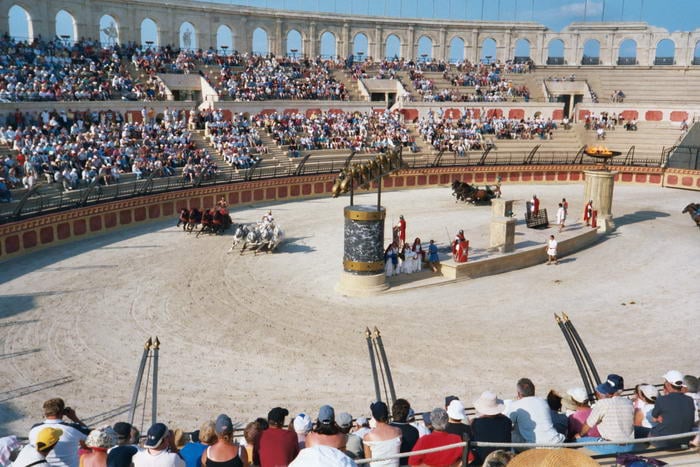
The lure of Chariot Racing was easy to see. In a similar way to modern day footballers, charioteers were very well paid and had celebrity status. Unlike modern day footballers, they had every chance of dying each time they stepped out to compete. The average age of a charioteer was just 22 when the died!
As a sport, it was completely mad and unsafe. The basic aim was to ride your horse drawn chariot to victory whilst racing against other charioteers trying to do the same. Unfortunately, there were no real rules and anything went. You could ram other chariots at will, use weapons and attack the opponent’s horses to make them crash. Due to this, a lot of death and violence was involved which makes it the craziest sport ever.
In the modern-age we like to think we own the rights to coming up with new and interesting ways to test ourselves. However, as this list shows, our ancestors were just as good at developing ingenious ways to see how far you can push the human body. Thankfully, they have long since died out. After all a quick game of racquetball is preferable to Viking Skin Pulling or Chariot Racing!
The Enduring Influence of Ancient Sports on the Modern World
Ancient sports, far from being mere historical curiosities, have profoundly shaped the sports we know and love today. This section explores how these early competitions laid the foundations for modern sports, influencing everything from Olympic ideals to technological innovations in sports.
From Ancient Arenas to Modern Stadiums: The Evolution of Sports
- Origins of Organized Sports: The ancient Olympic Games in Greece were a precursor to the modern Olympic Games. Starting as a one-day event, they grew into a five-day festival celebrating athleticism, strength, and sportsmanship.
- The Spectacle of Ancient Rome: Roman gladiatorial games, involving combat between gladiators or against wild animals, were not just displays of strength and skill. But also early examples of sports as mass entertainment.
Medieval Contributions and the Chivalric Code
- Chivalry in Sports: Medieval tournaments, with events like jousting and melee combat, not only showcased the skills of knights. These also played a role in maintaining social order and displaying the values of chivalry.
Industrial Revolution: The Catalyst for Modern Sports
- The Rise of Organized Sports Clubs: The Industrial Revolution, by changing lifestyles and increasing leisure time, led to the formation of organized sports clubs and the standardization of sports rules.
The Modern Olympics: A Tribute to Ancient Traditions
- Revival of the Olympic Spirit: The modern Olympic Games, revived in 1896 in Athens, echoed the spirit of the ancient games, promoting international cooperation and friendly competition.
Educational and Social Impact of Sports
- Physical Education and Character Building: The inclusion of sports in education during the 19th and 20th centuries was pivotal in promoting physical fitness, teamwork, discipline, and character development among students.
Technological Innovations Shaping Modern Sports
- Enhancing Performance and Experience: Technological advancements, from improved equipment to video technology for officiating, have revolutionized sports, enhancing athlete performance and the fan experience.
Globalization: Sports as a Universal Language
- Sports Beyond Boundaries: Globalization has transformed sports into a universal language, uniting people across cultures through events like the FIFA World Cup and the Olympic Games.
The Push for Equality and Inclusivity in Sports
- Breaking Barriers: The modern era has seen significant efforts to promote equality and inclusivity in sports, fighting discrimination and creating opportunities for athletes of all backgrounds.
In conclusion, ancient sports have not only entertained but also shaped societies, influencing modern sports in aspects ranging from the spirit of competition to technological advancements. This rich heritage underscores the timeless allure of sports, connecting us with our past and propelling us into the future.


